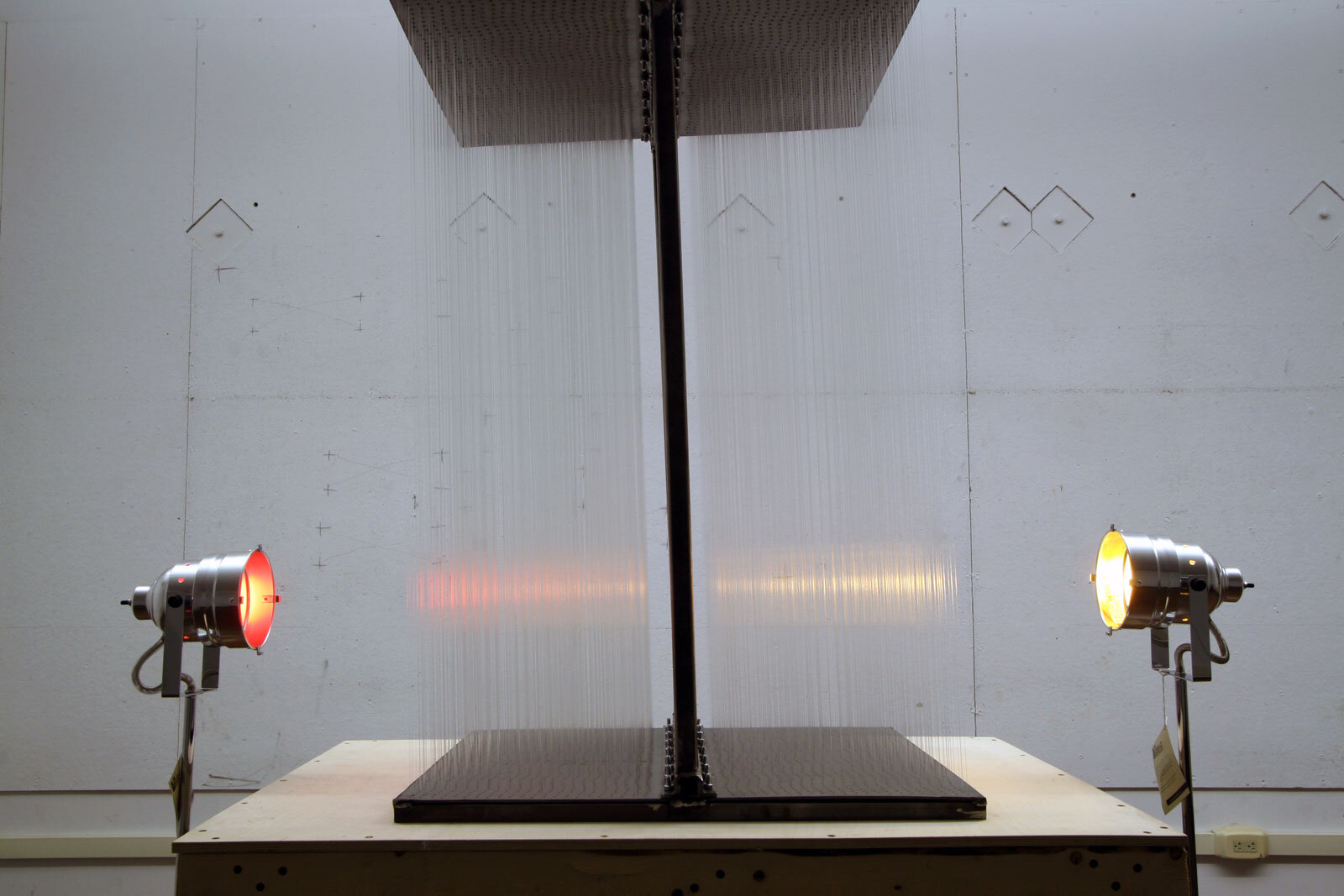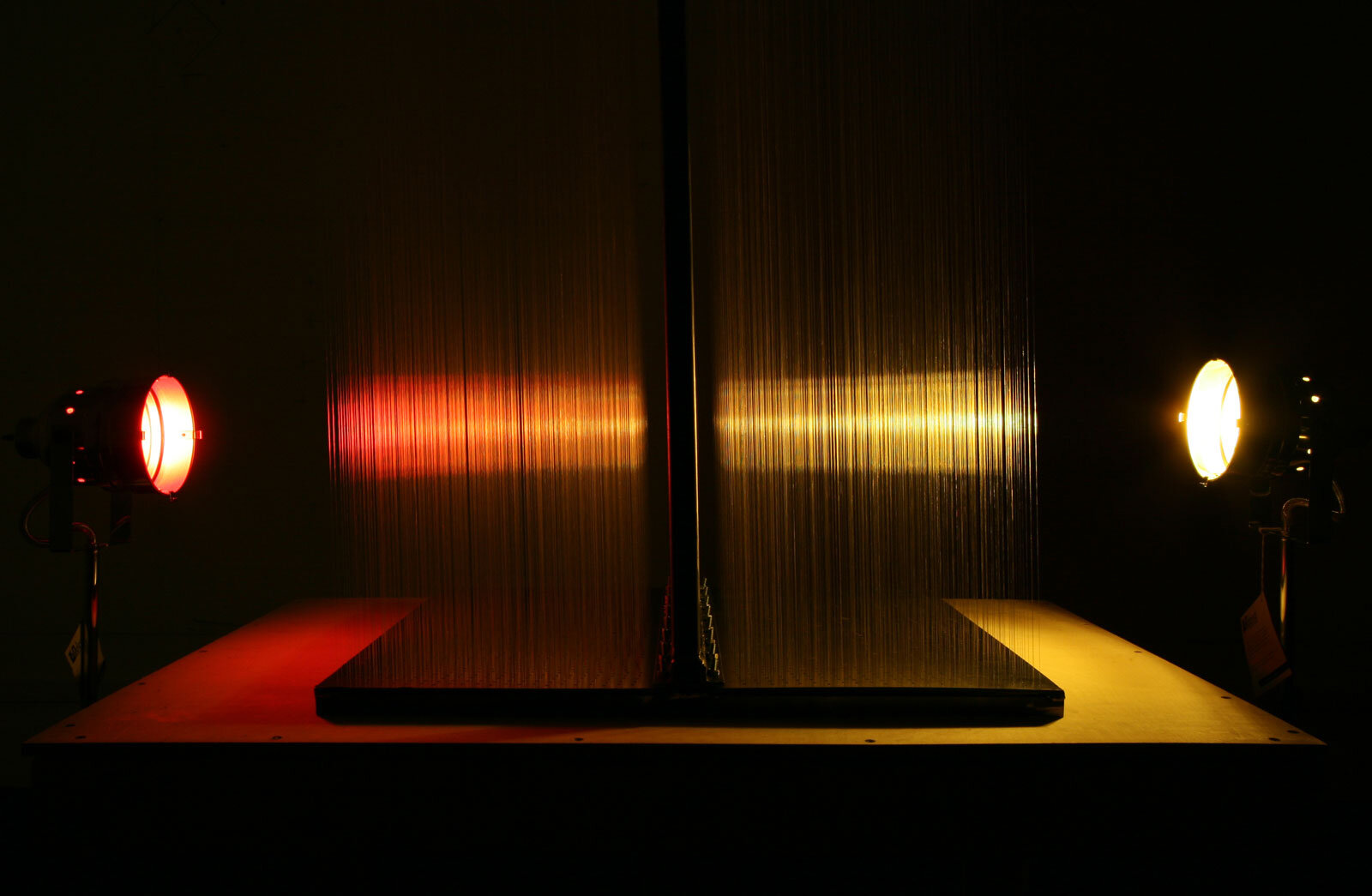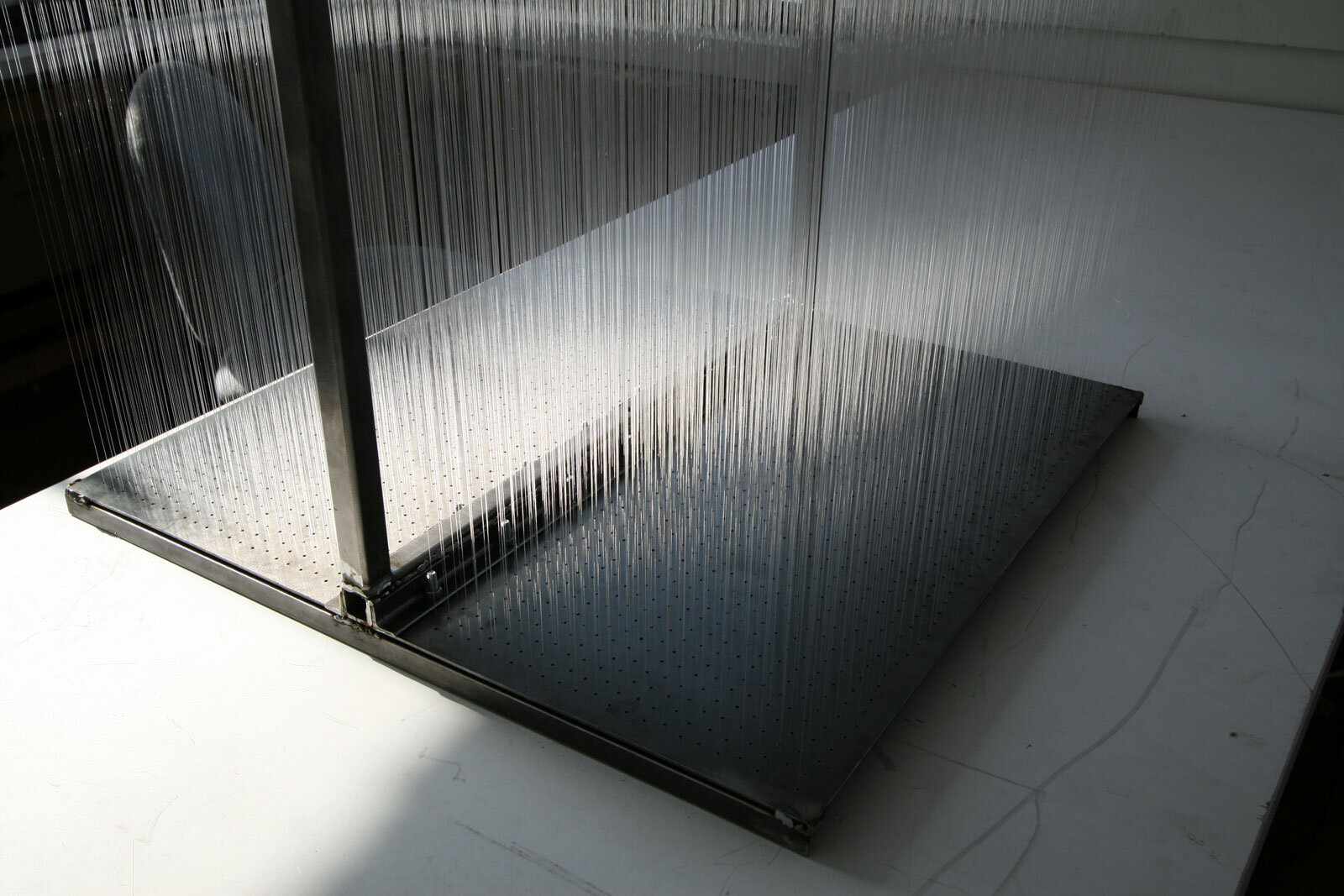Field of Light Final Submission
During the beginning of March 2017, I received an email from the host of the Amsterdam Light Festival competition notifying me that I made it to the second round! Out of over 800 entries from more than 50 countries around the world, only 100 participants were selected to move to the final round. This round will result in a selection of 30 winners who will build their light art installation in Amsterdam, NL. Here’s the final submission.
Developing a simple and clear method of construction for the installation
After reading the email, I was excited to know that my project would move to the next round of the competition! Then, I looked at my personal schedule and realized that if I included the Amsterdam Light Festival competition, I would be working on 3 projects at the same time with a little over two weeks before all of the milestone deadlines.
Once I made it through my moment of excitement, I messaged David, who also participated in the competition, and asked about his results. Although his submission didn’t make it to the second round, I invited him to team up with me to develop my proposal. This turned out to be a fantastic decision because we complement one another so well.
During our first in-person meeting, I explained the concept behind Field of Light and brought up some initial ideas that we needed to brainstorm. The most important issue that needed resolution was to develop a simple and efficient way of constructing Field of Light in Amsterdam, NL. We needed to find a frame that would be able to support the tension of 937,000 linear feet of transparent threads. Most of all, the frame had to be low-cost and we needed to develop a system for pulling the transparent threads taut.
At our next meeting, we researched several products and found industrial pallet frames, which are low cost and simple to assemble. We’ll need to purchase accessory components to hold several frames together, but it will be able to hold the transparent threads. Within several minutes, we decided to mount DMX lights that we could program to turn on and off or even change colors to the perimeter posts of the frame.
Everything was coming together in terms of low-cost building materials and ease of construction until we reached the transparent thread part of the construction. The problem that we faced was, “how do we pull the transparent threads taut in the shortest amount of time possible?” Initially, my idea was to purchase prefabricated perforated steel sheets and small open hooks so that we can run the threads from one hook to the next. However, this wouldn’t work with our budget and it would take forever to anchor a hook in every hole.
Our next idea was to run the threads through each hole as if we were stitching the ceiling panels to the floor panels. Having done this in the past for a smaller model, this will take the longest amount of time and most effort because of the friction that develops at each hole. The friction makes it impossible to continue pulling a single thread through every hole. Here are some photographs of my Masters of Architecture thesis project on visual perception through the diffusion of light. All of the transparent threads were pulled taut through every hole, which took 7 days to construct.



Then, we thought about placing 3/8” metal rods on the top and bottom of the pallet racks and wrap the transparent thread around each one. This would take less time since we could tie one end, move the spool of transparent thread from the bottom threaded rod to the top and use the threads to hold the lines in place when they’re in tension.
Although we thought that this idea would work the best, we also assumed that it would be difficult to make the threads as vertical as possible. Since we would be going from threaded rod to threaded rod, the transparent threads will be at a slight angle unless we developed a better system of wrapping.
So, we decided on two options; the first is to find a textile manufacturer who might be capable of pulling a series of monofilament transparent threads and attaching it to rigid ends so that it could be pulled taut on site. The second is to construct a jig that will hold spools of transparent threads, using adhesive to attach the threads to a 3/8” threaded rod, pulling it over another threaded rod, using adhesive to attach it to the rod, and cutting it to make one panel.
Our final proposal uses option 2 because we were unable to find a manufacturer capable of producing the type of panel that we need. If we construct each panel ourselves at a local workshop, we will be able to ship it to Amsterdam, NL, assemble the pallet frame, put each panel in place, and attach the DMX lights to the posts. The assembly process should go smoothly and the installation will be in place in a very short time frame.
Conclusion
We’re excited that we had the opportunity to participate in the second round of the Amsterdam Light Festival! I’ve been able to learn so much by working with David on creating a realistic method of construction and budget as a team. We hope to make it through the final round and to be able to build our installation in Amsterdam, NL. Until then, here’s our visualization of what we hope to show the world.

